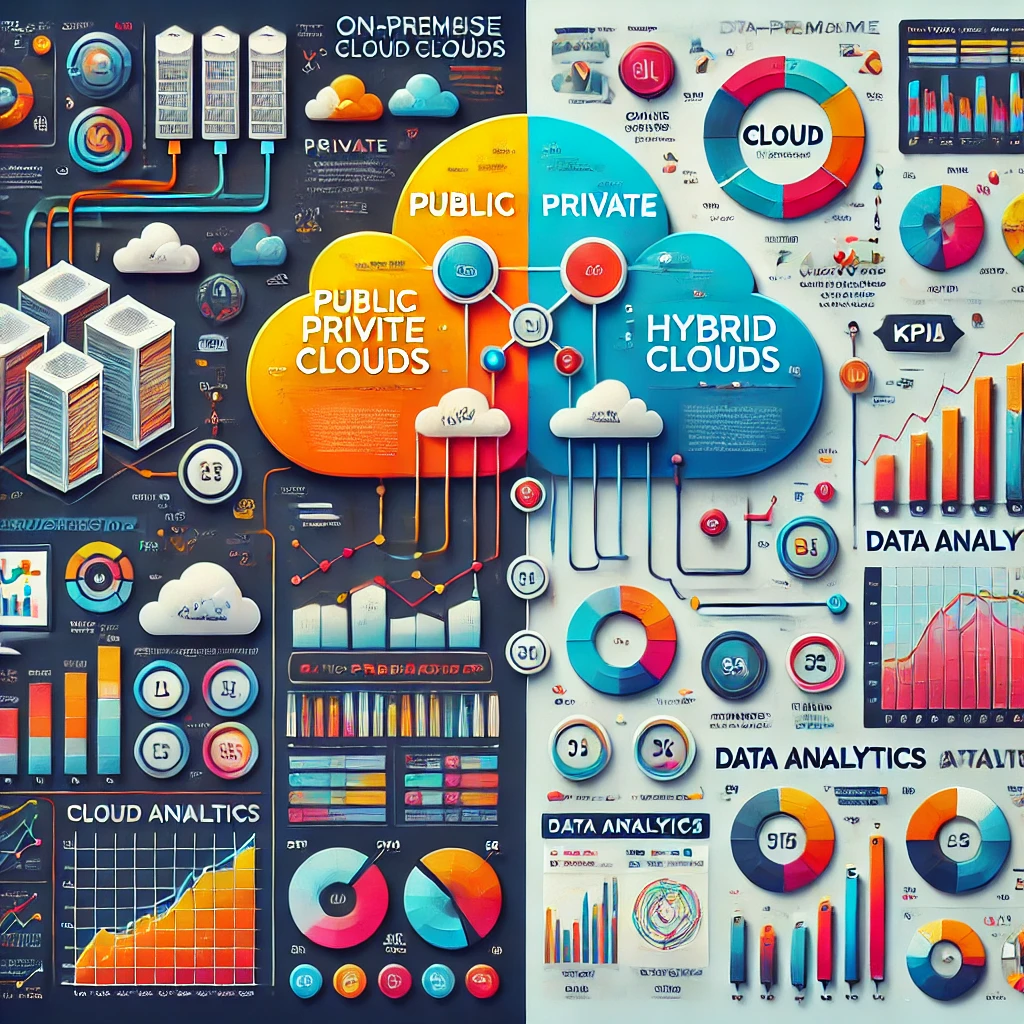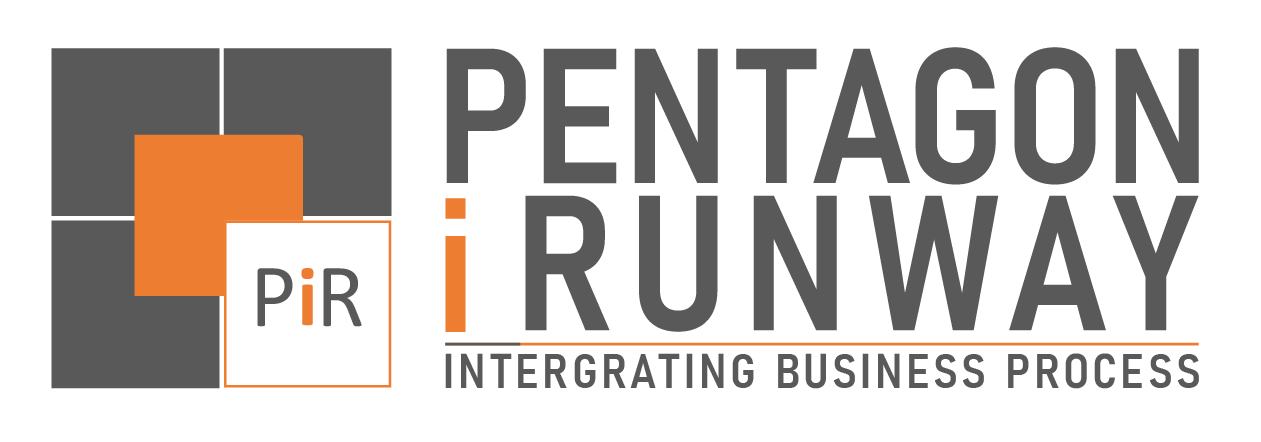Business Intelligence (BI) has rapidly evolved over the past decade, moving from static reports to dynamic dashboards and real-time insights. In today’s data-driven world, organizations require tools that can seamlessly integrate multiple data sources, enable powerful analytics, and provide flexibility across cloud environments. This is where Qlik Sense steps in, redefining BI with its multicloud architecture and advanced analytics capabilities.
This article explores how Qlik Sense® is shaping the future of BI by enabling businesses to move beyond traditional analytics and embrace multi-cloud strategies for greater scalability, agility, and insights.
Why Traditional BI Is No Longer Enough
Traditional BI tools often rely on static reports and limited interactivity, which can hinder organizations from uncovering deeper insights. Challenges include:
- Siloed Data: Inability to integrate data from diverse sources.
- Limited Scalability: On-premise infrastructure can restrict growth.
- Slow Insights: Delays in generating real-time analytics.
In contrast, modern businesses need BI platforms that are flexible, cloud-enabled, and equipped with augmented intelligence to stay competitive.

Enter Qlik Sense: A Game-Changer in Modern BI
Qlik Sense revolutionizes BI with its Associative Engine and multi-cloud architecture, allowing businesses to seamlessly integrate data and uncover insights faster than ever.
Key Features of Qlik Sense
- Associative Engine: Enables users to explore data freely, discovering connections that traditional tools often miss.
- Augmented Analytics: Automates insights with AI-driven recommendations and natural language search.
- Multi-Cloud Architecture: Offers unparalleled flexibility to deploy analytics across on-premise, private, and public clouds.
MultiCloud Architecture: The Future of BI
What Is MultiCloud Architecture?
Multi-cloud architecture refers to the use of multiple cloud environments—private, public, or hybrid—for storing and analyzing data.
Why MultiCloud Is Essential for BI
- Scalability: Quickly scale analytics capabilities to meet growing business needs.
- Flexibility: Optimize workloads by leveraging the best cloud services.
- Data Sovereignty: Comply with regulations by keeping data in specific regions.
- Cost Efficiency: Reduce infrastructure and operational costs by balancing workloads.

Qlik Sense’s Multi-Cloud Capabilities
Qlik Sense excels in enabling businesses to implement and manage multi-cloud strategies effectively.
Benefits of Qlik Sense MultiCloud Architecture
- Seamless Integration: Connect data from multiple sources, whether on-premise or in the cloud.
- Real-Time Analytics: Access insights instantly, driving faster decision-making.
- Governed Architecture: Ensure data security and compliance across environments.
- Scalable Deployment: Support analytics use cases at any scale, from small teams to enterprise-wide operations.
Migration from On-Premise to Cloud
Qlik Sense facilitates smooth transitions from legacy on-premise systems to modern cloud-based environments, enabling businesses to:
- Retain control over sensitive data while leveraging cloud scalability.
- Simplify infrastructure management through SaaS (Software-as-a-Service) models.
Real-World Applications of Qlik Sense
Use Cases for BI with Qlik Sense
- Retail: Optimize inventory management with real-time supply chain visibility.
- Manufacturing: Enhance operational efficiency by analyzing production metrics.
- Healthcare: Improve patient outcomes with predictive analytics.
Embedding Analytics for Decision Making
Qlik Sense allows businesses to embed analytics into their workflows, ensuring that actionable insights are always at their fingertips.
Improving Data Literacy Across Organizations
By simplifying analytics through natural language search and intuitive dashboards, Qlik Sense empowers users at all skill levels to make informed decisions.
Qlik Sense vs. Traditional BI Tools
|
Feature
|
Traditional BI
|
Qlik Sense
|
|---|---|---|
|
Data Exploration |
Limited to predefined queries |
Free-form exploration with AI. |
|
Deployment Options |
On-premise or single cloud |
Fully flexible multi-cloud. |
|
Scalability |
Restricted by infrastructure |
Seamless scaling across clouds. |
|
Collaboration |
Basic sharing capabilities |
Integrated reporting and notes. |
Preparing for the Future: Developing a Cloud Strategy
To fully leverage the potential of Qlik Sense, businesses should:
- Evaluate Data Needs: Identify critical data sources and analytics goals.
- Adopt a Multi-Cloud Approach: Choose the best mix of private and public clouds.
- Invest in Training: Enhance data literacy to empower all employees.
- Integrate Analytics Across Workflows: Embed insights into operational processes for maximum impact.

Conclusion: Qlik Sense Leads the Way in BI
The future of BI lies in platforms that go beyond traditional analytics to offer agility, scalability, and actionable insights. With its multicloud architecture and innovative features, Qlik Sense is at the forefront of this transformation.
Embracing New Opportunities
Businesses that adopt Qlik Sense can unlock the true potential of their data, staying ahead in an increasingly competitive landscape.
Final Thoughts
As organizations evolve, the need for robust, flexible, and scalable BI solutions will only grow. Qlik Sense is not just a tool—it’s a platform that empowers businesses to make smarter, faster, and more informed decisions.

